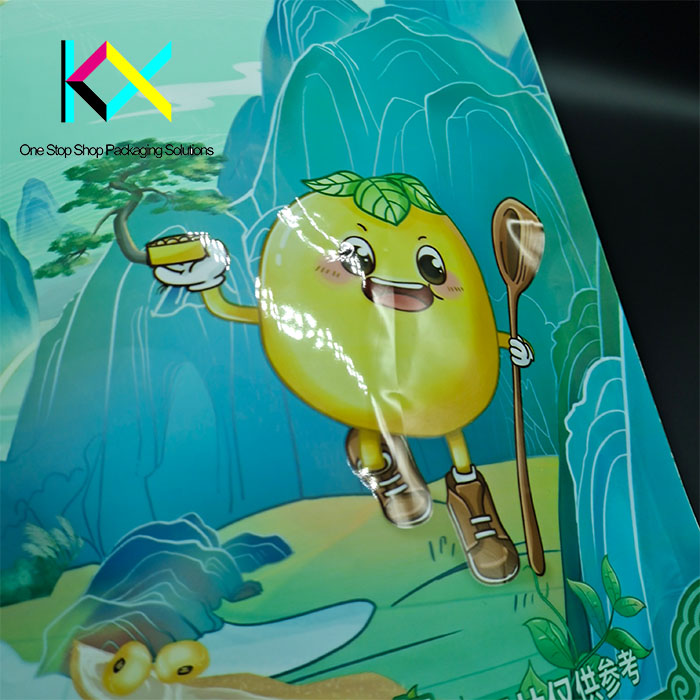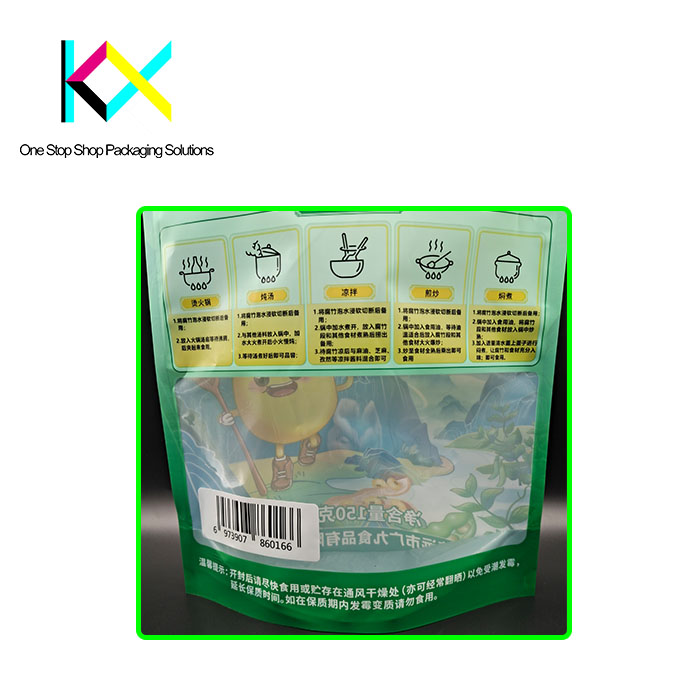Revolutionizing Freshness: The Rise of Mylar Coffee Bags in Modern Packaging
In an era where sustainability and functionality collide, mylar coffee bags have emerged as a cornerstone of innovation for the coffee industry. These versatile, foil-lined pouches not only preserve the aromatic essence of coffee beans but also reflect a growing commitment to eco-conscious design. As consumer preferences shift toward convenience and environmental responsibility, packaging solutions like single-serve formats, compostable materials, and resealable systems are redefining how coffee reaches our cups.
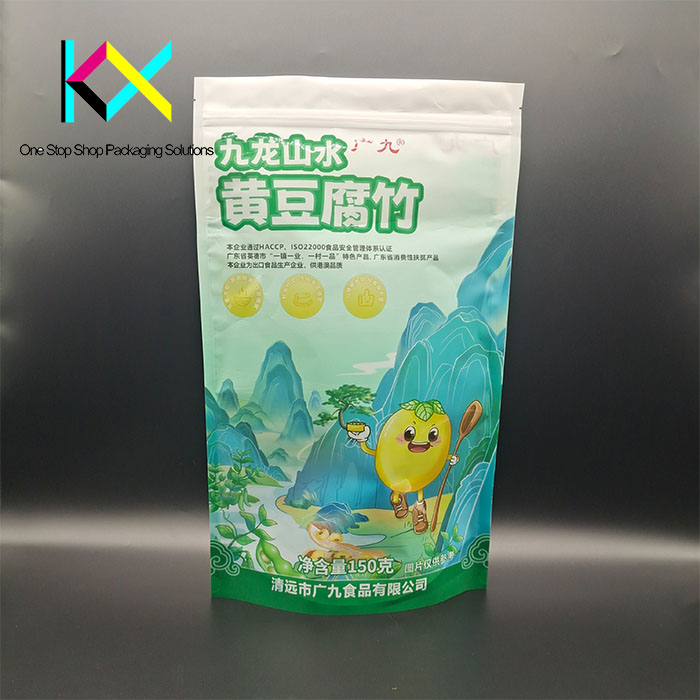
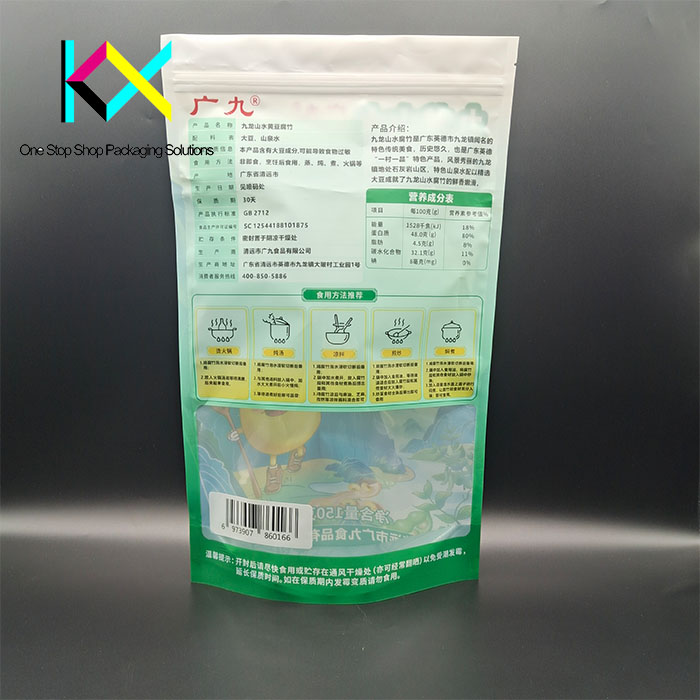
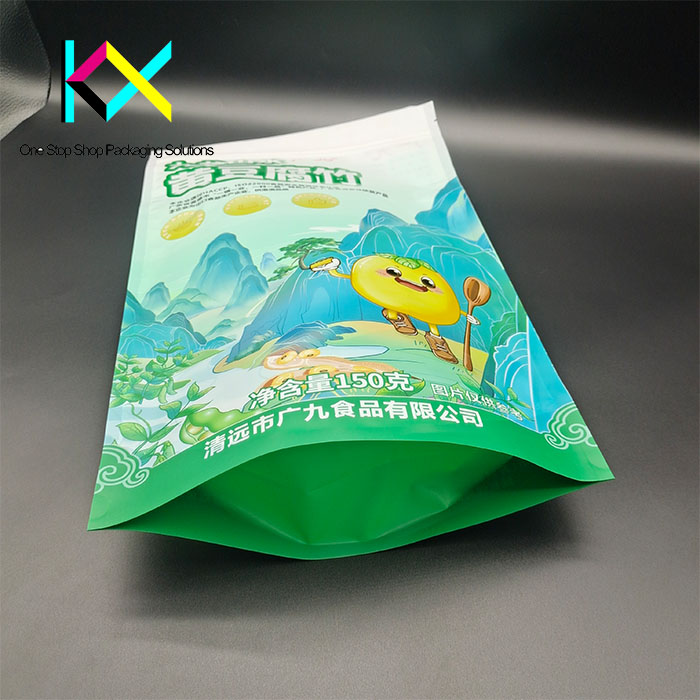
Single Serve Coffee Packaging: Precision Meets Practicality
The demand for single serve coffee packaging continues to surge, driven by urban lifestyles that prioritize speed and simplicity. These portioned packs eliminate guesswork and reduce waste, appealing to office workers, travelers, and minimalist households. Recent advancements focus on marrying convenience with eco-friendliness—think plant-based films and water-soluble inner layers. Yet, challenges persist. Ensuring freshness in single-use formats requires nitrogen flushing or vacuum sealing, which can complicate compostability. Startups like Blue Goose Bag and Grounded Packaging are tackling this by developing hybrid materials that maintain barrier properties while breaking down in commercial composting facilities.
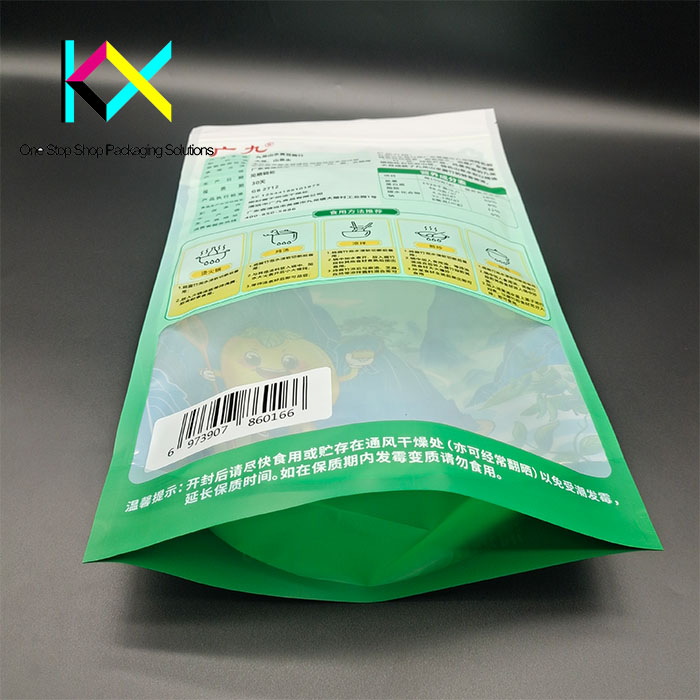

Compostable Coffee Bags With Valve: A Game-Changer for Freshness
The introduction of compostable coffee bags with valve marks a pivotal moment for sustainable packaging. Traditional degassing valves, often made from plastic, have long been a barrier to fully compostable designs. Now, innovators are creating valves from bio-based PLA or PHA, materials that degrade without leaving microplastics. For instance, Swiss brand CoffeeB has launched a line of home-compostable bags featuring a mushroom-derived valve that decomposes within 90 days. This technology not only preserves the coffee’s flavor profile but also aligns with EU directives aiming to phase out non-recyclable plastics by 2030.
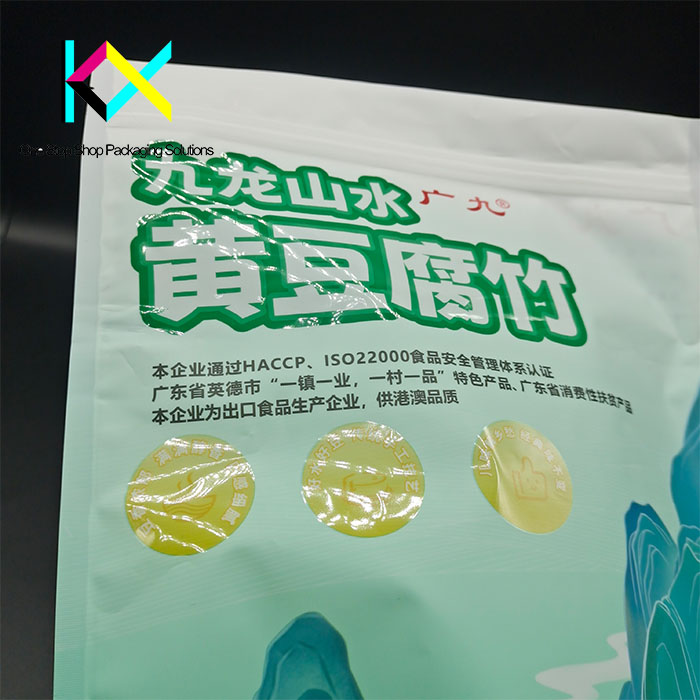
Coffee Resealable Bags: Elevating User Experience
Resealability is no longer a luxury—it’s an expectation. Modern coffee resealable bags integrate features like pinch-and-close zippers or magnetic strips, ensuring beans stay fresh after each use. Luxury brands are taking it further by adding artisanal touches: hand-stitched closures, hemp-infused liners, or QR codes that trace a bag’s journey from farm to shelf. Notably, brands like Pact and Driftaway Coffee are experimenting with “circular resealables,” where the entire bag—including the zipper—is made from compostable materials. This dual focus on usability and sustainability resonates deeply with eco-aware millennials and Gen Z shoppers.
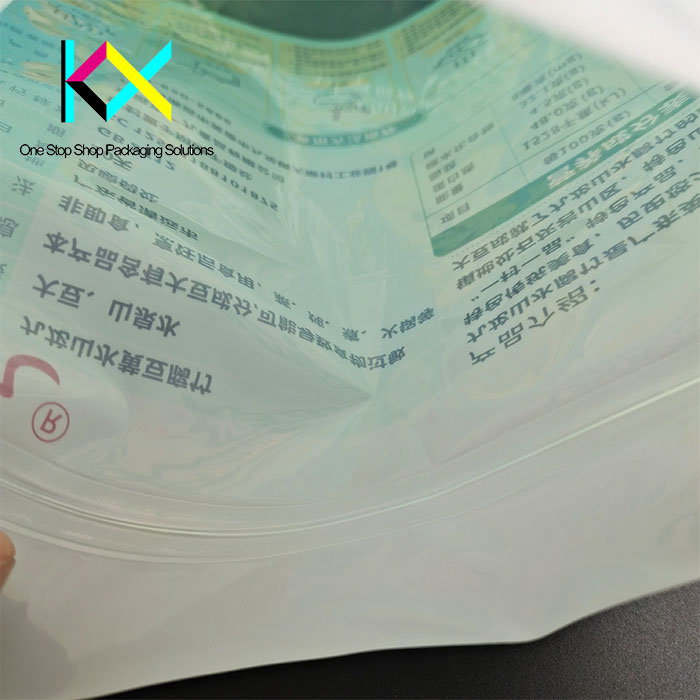
Plastic Coffee Bags: Reinventing a Controversial Staple
Despite growing criticism, plastic coffee bags remain prevalent due to their affordability and durability. However, the industry is pivoting. Monomaterials—packaging made from a single type of plastic—are gaining traction as they simplify recycling. For example, brands are adopting pure polyethylene (PE) structures that can be melted and reused without separating layers. Meanwhile, chemical recycling startups like Polystyvert are converting mixed plastic waste into virgin-grade materials, offering a lifeline for complex laminates. Transparency is also improving: brands now print recycling instructions directly on bags, empowering consumers to dispose of them correctly.
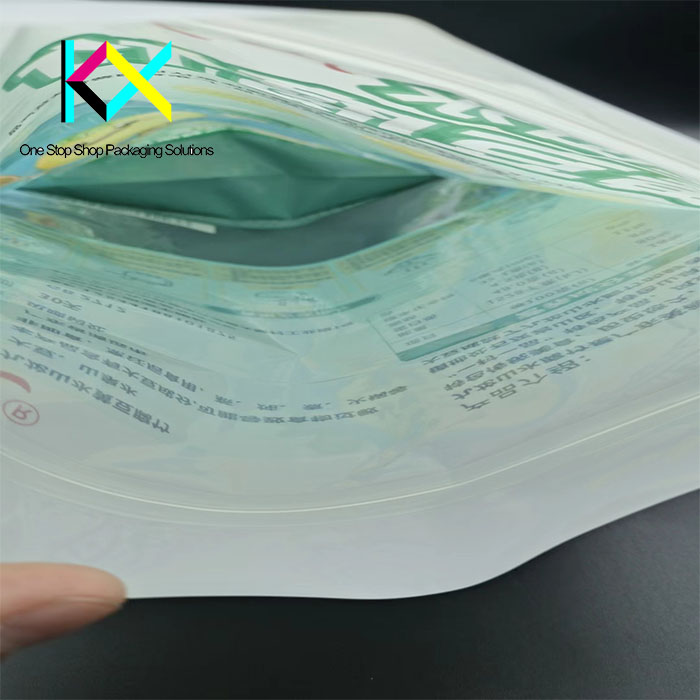
Beyond Freshness: Smart Packaging and Consumer Engagement
The next frontier for coffee packaging lies in smart technology. Embedded near-field communication (NFC) chips, for instance, allow consumers to scan bags with their smartphones to access brewing tips, origin stories, or carbon footprint data. Temperature-sensitive inks can indicate when coffee is past its peak freshness, reducing food waste. Even mylar coffee bags are evolving—some now incorporate recycled aluminum layers, cutting virgin material use by half while maintaining their signature light-blocking properties.
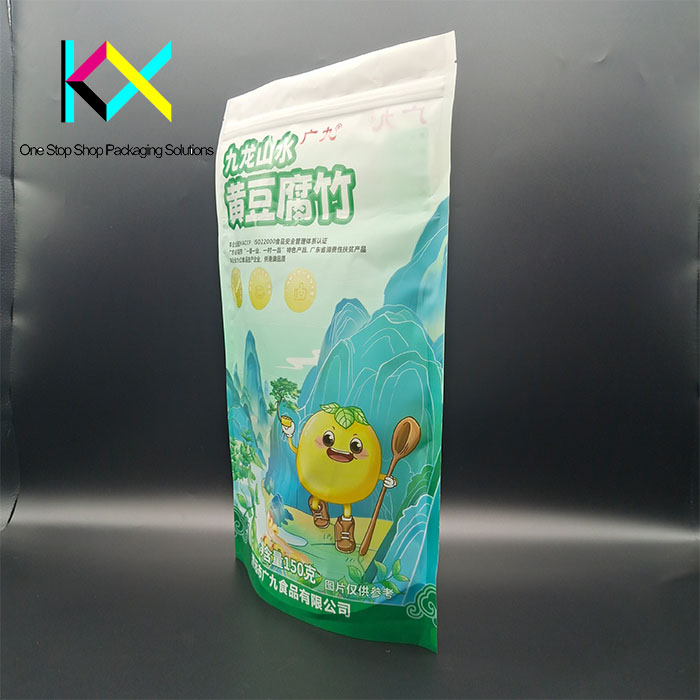
The Road Ahead: Balancing Innovation and Responsibility
As governments impose stricter regulations on single-use plastics, brands must navigate a complex landscape. The rise of compostable coffee bags with valve systems and recyclable mylar alternatives signals progress, but scalability remains a hurdle. Sourcing bio-based materials at competitive prices and building composting infrastructure are critical next steps. Collaborations between roasters, material scientists, and waste management firms will be key to driving systemic change.
In this dynamic shift, packaging is becoming a silent ambassador for brand values. Whether through mylar coffee bags engineered for longevity or plastic pouches redesigned for circularity, the industry is proving that innovation can coexist with environmental stewardship. For coffee lovers, this means every sip can now carry a story of sustainability—one that begins long before the beans hit the grinder.
From single-serve convenience to compostable breakthroughs, the evolution of coffee packaging mirrors society’s broader quest for balance. As materials advance and consumer expectations rise, one thing is clear: the future of coffee lies not just in the beans, but in the bags that carry them.
You can visit our website to know more about our compostable pouch:
